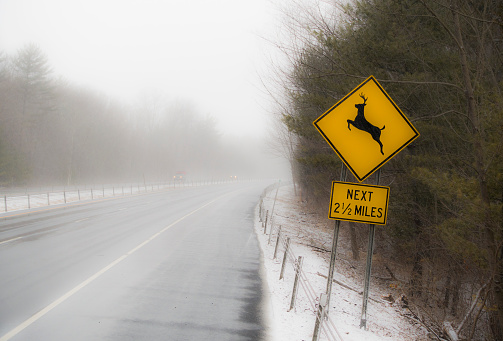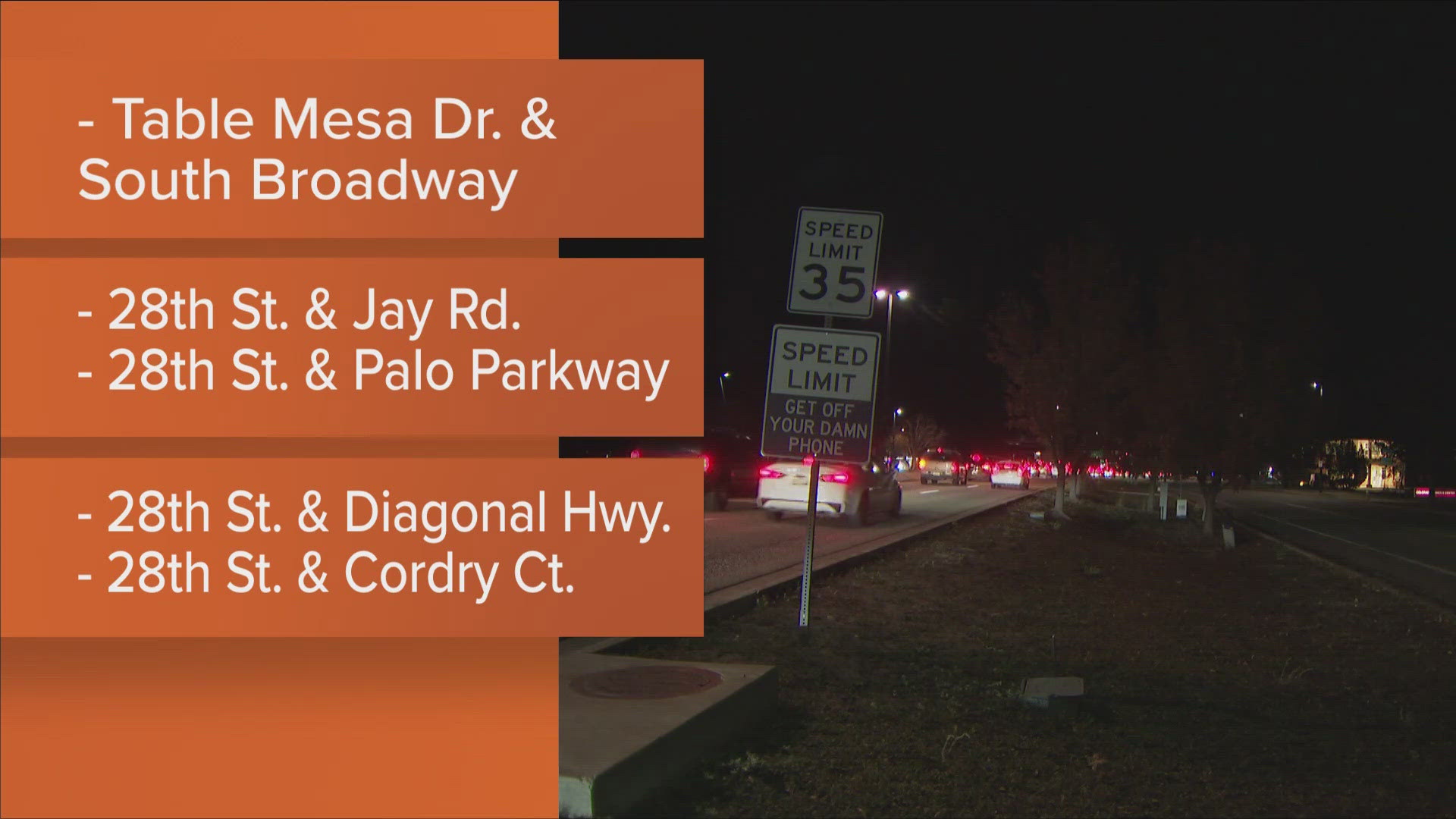According to Colorado Parks and Wildlife, the number of wildlife-related collisions in Colorado has been steadily rising over the past four years.
In 2016, CPW data shows more than 4,600 deer were killed on Colorado highways. This is a significant jump from 2013 when less than 3,000 deer died the same way.
Just in the Denver metro area, there were 425 animal-related collisions last year, 301 of which involved deer. The same region saw 338 collisions in 2015 and only 239 the year before that.
Not surprisingly, most of these occurred in the foothills. CPW says the highway where most of them occurred was on US 285 between Conifer and the CO 470 interchange. I-70 between Genesee Park and Denver and I-25 from Castle Rock to Castle Pines also saw several collisions.
Southwest Colorado and Northwest Colorado saw the largest number of collisions last year, accounting for a total of 4,151 of the 6,858 reported collisions in 2016.
The only region CPW identified as seeing a decrease in the number of wildlife-related crashes last year was Northeast Colorado. They went from 1,701 collisions in 2015 to 1,356 collisions in 2016, according the CPW's data.
CPW says that as we lose daylight hours, drivers need to be more cautious to avoid these types of crashes. These are their tips for driving in areas where wildlife may be present:
- Slow down. Swerving at high speeds increases the danger of an accident. Moderate speeds maintain a driver’s reaction time and allow an appropriate response to animals on or near roads.
- Stay alert, particularly while driving between dusk and dawn. This is when deer and other common wildlife are most active and more likely to be crossing roadways.
- Scan ahead and watch for movement and shining eyes along roadsides. If you see one animal, you should expect it will be accompanied by others.
- Obey traffic signs, particularly wildlife warning signs. Though incidents can happen anywhere, transportation authorities attempt to reduce the number of incidents by posting signage and lowering speeds in areas where wildlife are active.
- When animals are seen on or near the road, slow down or stop, honk the horn and/or flash headlights. This warns the animal to avoid the road and alerts other drivers to the potential hazard.
- Always wear seat belts. Unfortunately, not every collision is avoidable, and the National Highway and Traffic Safety Administration states that the risk of serious injury and death in a crash is reduced by half when seat belts are worn.
If you are in an accident involving wildlife, CPW says you should report the crash to the Colorado State Patrol by calling *CSP.


